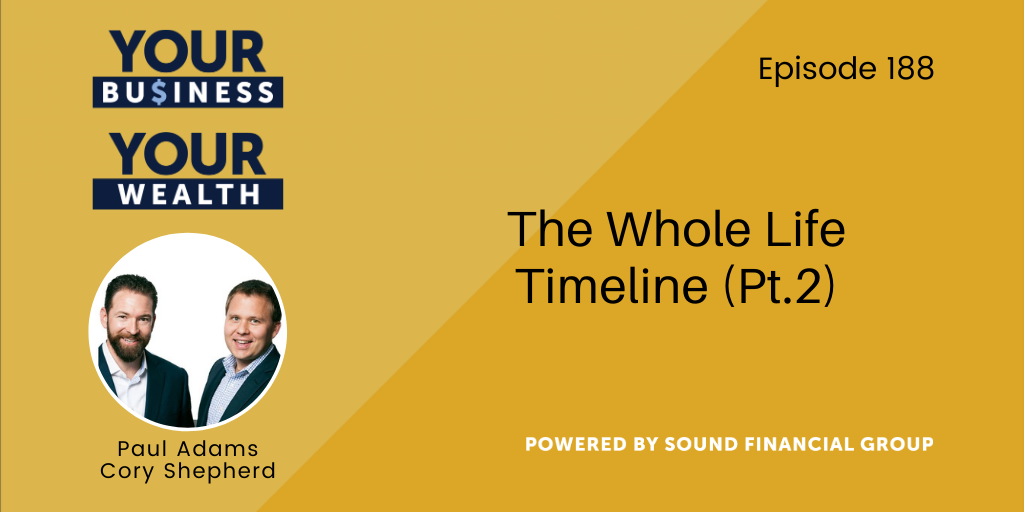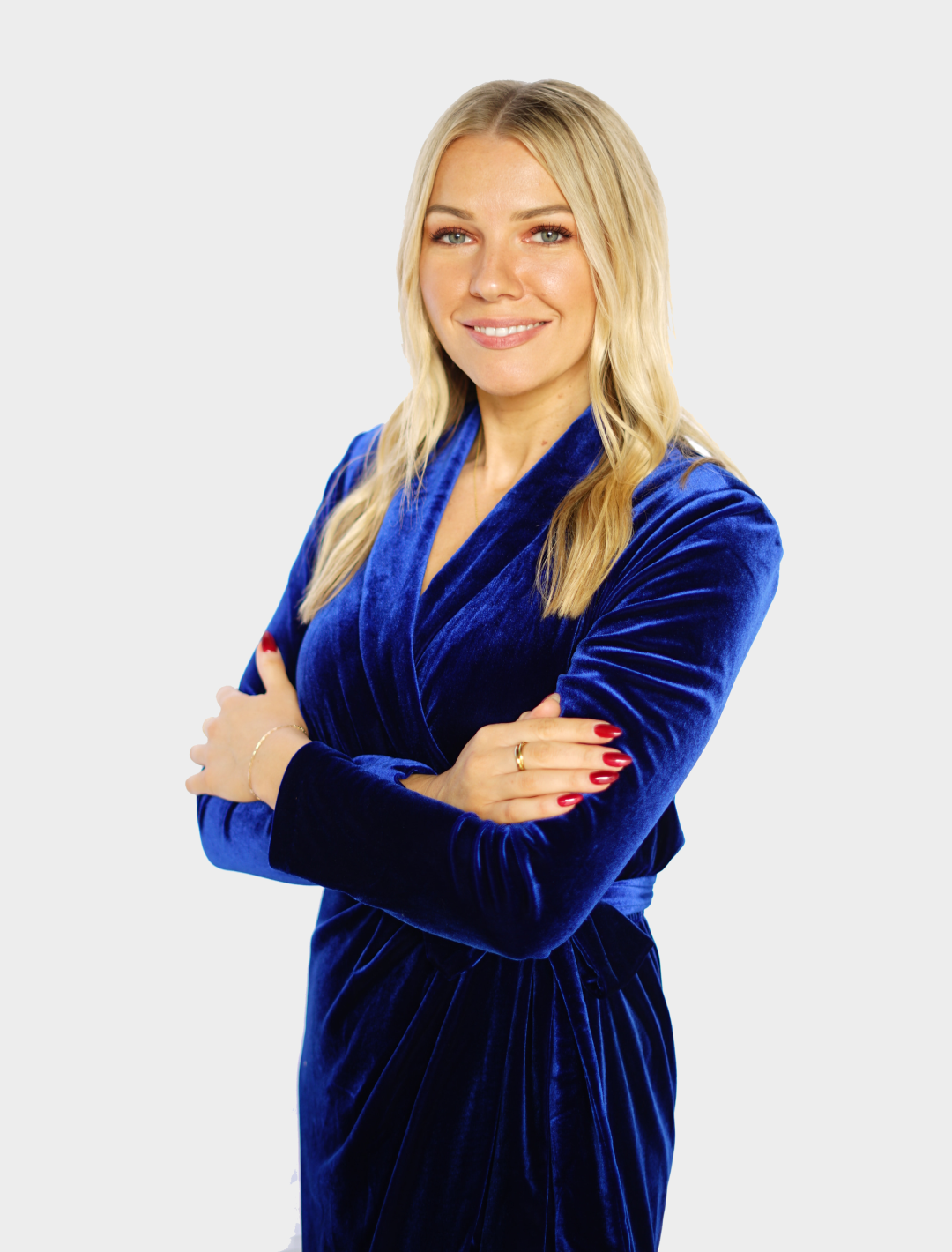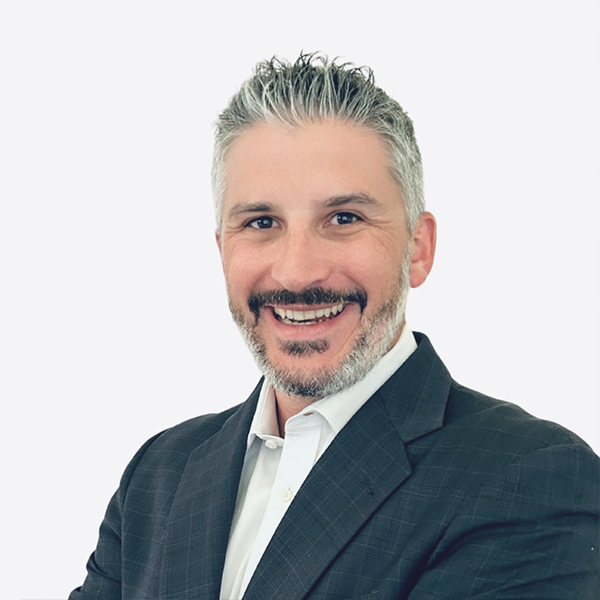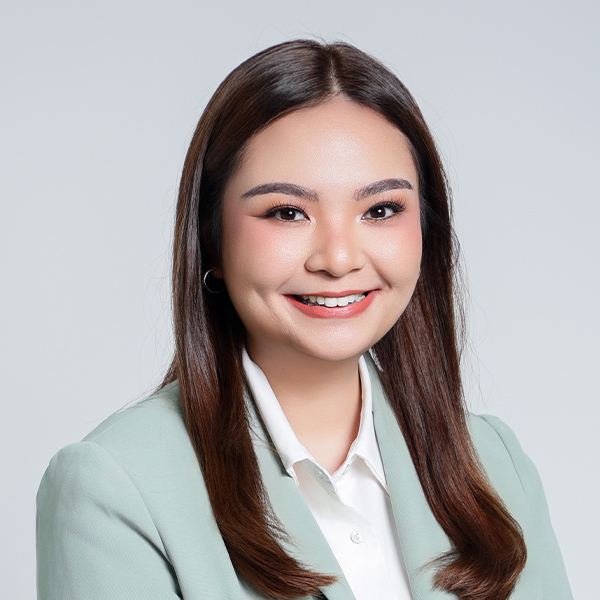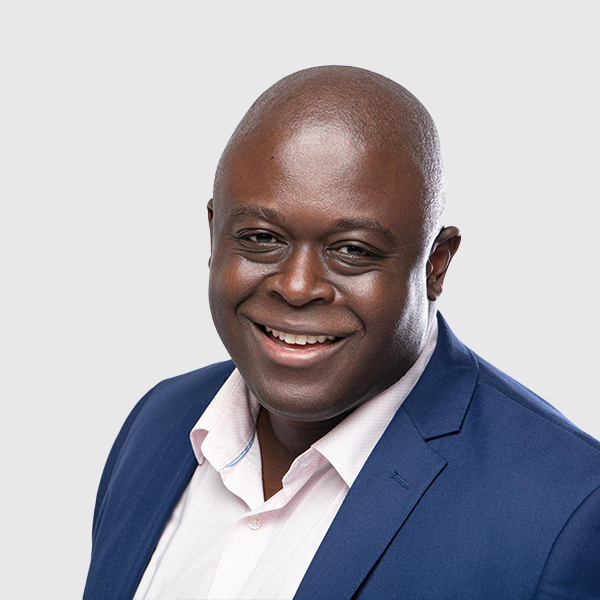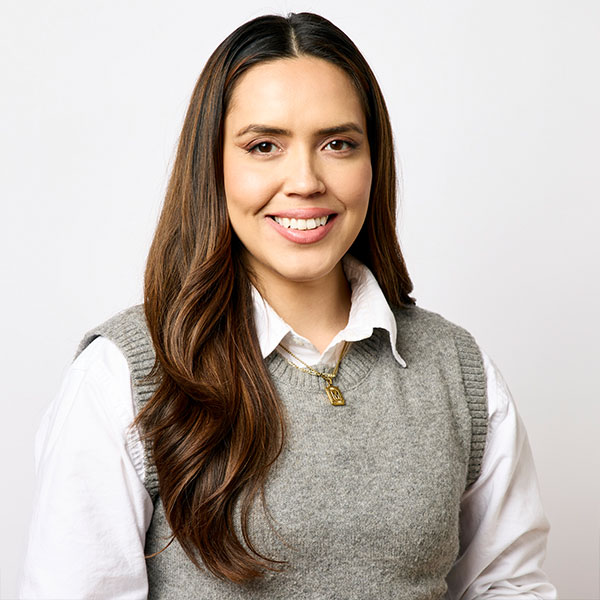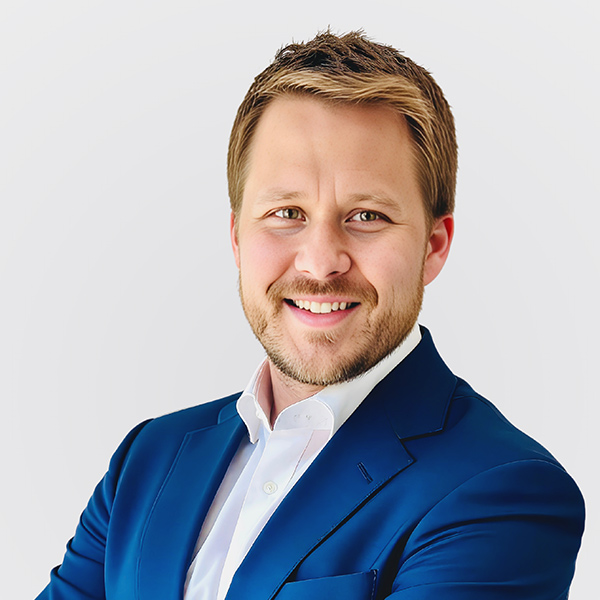PODCAST EPISODE 188: The Whole Life Timeline (pt.2)

EPISODE SUMMARY
Have you ever thought about the symbiotic nature of your balance sheet? Probably not. That’s why Paul and Cory are here to help you understand how your assets can be used to work together. Today, they continue the conversation of whole life insurance and how to use it as a volatility buffer, and how it can be used to refrain from taking distributions from assets sensitive to market fluctuations in down years.
WHAT WAS COVERED
- 00:00 – Show Starts
- 00:34 – Paul Welcomes
- 1:20 – Show Forecast
- 2:45 – The Difference in asset classes.
- 4:50 – Recap of pt.1
- 11:08 – Situational example
- 16:08 – A solution for withdrawing for your retirement.
- 18:10 – the cost of cash as opposed to whole life.
- 23:13 – How do we use whole life to acquire other assets?
- 24:26 – the problem for people saving up cash for assets.
- 28:38 – A message from Sound Financial Group (Commercial).
- 29:36 – Back from commercial break.
- 29:50 – you can use your assets together
- 31:12 – one set of assets might enhance a set of assets you already enjoy.
- 32:52 – making sure you have a volatility buffer.
- 34:26 – Show ends, thank you for listening.
TWEETABLES
[Tweet ” ife doesn’t come in balance, we want orchestration, sometimes the ‘horns’ get loud, sometimes we have to work hard, sometimes we get extraordinary long periods of time where business and life runs smoothly #YourBusinessYourWealth”][Tweet “The whole life insurance can allow the spend-down of one asset. While simultaneously providing a volatility buffer for other assets’ regular distributions #YourBusinessYourWealth“] [Tweet “No one asset class works most effectively when left alone your balance sheet #YourBusinessYourWealth”]
LINKS
Curious what you can accomplish with our help? Schedule a free 15-minute meeting with us! sfgwa.com/scheduling
Sound Financial Group’s Website for a Financial Inquiry Call – [email protected] (Inquiry in the subject)
Your Business Your Wealth on Instagram
Your Business Your Wealth on Facebook
Sound Financial Group on LinkedIn
Cape Not Required (Cory’s Book)
Sound Financial Advice (Paul’s Book)
Clockwork: Design Your Business to Run Itself
Loserthink: How Untrained Brains Are Ruining America
SHARE THE SHOW
Did you enjoy the show? We would love it if you subscribed today and left us a 5-star review!
Click this link – Your Business Your Wealth
Click on the ‘Subscribe’ button below the artwork
Go to the ‘Ratings and Reviews’ section
Click on ‘Write a Review’
MUSIC CREDITS
Contains a sample of “King” by Zayde Wølf courtesy of Lyric House.
——————————————————————————————————————————-
paul 0:01
Welcome to your business your wealth, where your hosts Paul Adams and Corey Shepherd teach founders and entrepreneurs how to build wealth beyond their business balance sheets.
Welcome to your business, your wealth. My name is Paul Adams. I’m founder and CEO of sound Financial Group. And I’m joined by the president of all presidents. The greatest president, maybe some would even call him having a huge heart. Corey Shepard thank you as always for joining me and supervising me so we don’t end off end up in rabbit trails we ought not be on
Cory 0:58
I’m yeah Glad to be here. And I hope you have a way of kind of slowly wearing through that hard exterior of of anybody. I feel like I’m getting to be less and less of a responsible supervisor over time, which is why we had to bring Jordan in. As both of us.
paul 1:17
I think your point is well made. Well, today we’re getting a chance to talk about the the law, the second part of the whole lifetime line. And the idea being we’re in this asset class conversation, or talking about series of things that you can do or recovering in a series of things you could do with your money, places you can deploy assets. And some of those are asset classes that we don’t directly offer our clients or ones that you would go out in the marketplace and getting so we’re bringing in somebody that’s going to talk on investment grade real estate, we’re going to we’ve got somebody coming to talk from one of the largest lenders in the in the country, and one of those that came in swooped in making a huge difference. With PPP funding that will be on in just another couple of episodes. But with all of that, Corey, today we’re getting a chance to finish up the whole life timeline hitting the volatility buffer. Yeah. And talking about how you can use whole life insurance to actually acquire other assets.
Cory 2:19
And if you haven’t been listening to some of the other episodes on this series, you don’t have to stop right this second and go back to them. I think you could get something out of this one first. But we would recommend reviewing some of that content because it you know, some of the things we talked about, we were going to do that right and talk a little bit about what we’ve talked about so far. Paul,
Unknown Speaker 2:39
indeed. Yeah.
Cory 2:40
Oh, whole life, you know, thinking about these different asset classes that aren’t bad because they’re different. They’re just, they’re just different and making the right comparisons, stocks, bonds, whole life, real estate, all doing different things in different ways. And that there Lots and lots of voices out there saying, this is the one that you should put all your money into because it’s better than all the rest. And these this series is really talking about, well, what if we can get the best of all of them working together? How do they come together and produce more when used in a strategy than just one or the other by themselves? So financial balance is a big theme of all these, all these different episodes.
paul 3:25
Well, and you know, me, I like the word orchestration better than balance. But mainly because balance would say it’s two things that we’re having to go back and forth on an orchestration really points to like in an orchestra, you have that cacophony, and there’s all this noise in there tuning up and you go, that’s kind of sounds like Satan’s stereo. But with that, it’s it’s the idea that there there is not a tug nature doesn’t have balance. Nature has winter, which is not a blend of winter in summer. Right We have spring, which is exactly the opposite of fall, and Just like enter your business, you have this period of time where balance is not available, you may have to search for three weeks because you lost your head of operations. We’ve all had the time we’ve had a vacation get dismantled because something terrible happened in the business and we had to come in and handle it. Life doesn’t come in balance. So financial balance isn’t what we shoot for. We want that orchestration. Sometimes the horns are going to be loud. Sometimes we have to work hard. Sometimes we get extraordinary long periods of time, where the business and life runs relatively smooth. And then there’s the times it doesn’t run smooth. But as as we look at life insurance as an asset class, in this conversation, what we’re really doing is talking about how to integrate with other things. So if you’re able to see my screen now Cory, you could see what we talked about in the early stages of that in the last episode that you can use whole life insurance for is one, you get better use of your portfolio and that can prove your cash portfolio and that can Give you another 440,000. In the example we used in that last episode, you can reallocate some of your fixed income holdings outside of the life insurance, because the life insurance acts as a large book value asset. And we showed that happening just a few times over 20 years when it could have happened more. But all to say that by integrating the way Cory talked about with other assets, we actually get a chance to end up with like a 12% rate of return from an asset class that when looked at in a silo looks like it only does three and a half percent. And we’re going to show you today how it can further give you access to your money in your old age because at the end of the day, reaching definite financial independence is in large part turning our assets into income. Because you have a lot of assets but they are not producing income for you. You may like be land rich and cash poor and and what can
Cory 5:57
bury gold in your back But if you forget where you found where you buried it, then all the assets in the world don’t help you guys, they also
paul 6:09
turn them into income and put you in a position that you’ll be okay for the rest of your life. And we’re gonna talk about how we could do that using whole life insurance in our old age to spend to other assets differently. Now, in our last episode, we talked about the spin down, which is the ability to spend down your other assets instead of living off of interest only, because we have the whole life insurance as this guaranteed backstop once those assets have been spent down, or we’re talking about today, in the first half of the episode is something called the volatility buffer. So could you take just a minute or two Corey and just kind of lay that out for our audience? volatility buffer? Mm hmm. Yeah.
Cory 6:51
So when you’re putting money together into a portfolio when you’re investing over time, it doesn’t really matter. The timing of the of the rates of return meaning if you’re if you’re putting money together now for 30 years in the future, if you if you, you know, if you have $100,000 just sitting there already, whether you get 5% return early and 20% late or the other way around, it all averages to the same rate of return your money is going to be worth the same at the end. But when you’re adding money, or taking money out, the timing of those returns matters a lot. So if you’re, if you, you know, hit the beginning of your income generation years from your assets, let’s say you’re 65, which is that classic age for what people used to call retirement and that we’re working on changing that that language into financial independence. If you got all the worst rates of return early, then you have the lowest rates of return, or lowest even further into negative rates return on the biggest chunk of your money so it hurts you the most As you’re taking money out, and then by the time you get to higher rates of return later, then there’s not that much money left to compound at a higher rate of return. So the other way around, if you got the highest rates of return very early in your retirement, you’re taking a little bit of money out, relatively speaking, and it’s adding a bunch of return. So by the time we get later on down the line, those bad rates of return just don’t matter quite as much. So
paul 8:26
so we have a solution. Cory, if you would just tell me when I can retire, where the next three four years are going to be great returns,
Cory 8:35
like 2010 and 11. would have been great years to retire. Oh, all right.
paul 8:41
Yeah, well, I didn’t retire then. So I guess we’re gonna need something different. And that’s, that’s really when people learn about the 4% distribution rate. That’s why you see to take what Cory was just talking about and put it to my scribbles here on the screen. What you can see is that If you’re accumulating money to Coreys point, and
Unknown Speaker 9:03
let’s say that
paul 9:05
some financial advisor somewhere took all this bumpy road of our investments accumulating and averaged them together, just draw a straight line between them instead, see, that’s an 8% rate of return. It’s very normal to think well, then what I could do is I’ll just pull out eight, I got an 8% average rate of return in my portfolio, I’ll just take out eight. But the trouble is, in our old age, we are not taking withdrawals during our entire accumulation phase, we put money in a savings account withdrew it, you might have put money a CD and withdrew it. withdrawals occur from assets that are static, they don’t go up and down. When we have dynamic assets. Once that change in value, real estate stock market, even bond portfolios, you’re no longer withdrawing. You’re just investing and when you’re disinvesting. Then if you started taking your withdrawals say here at the beginning, then each time you take a withdrawal, you can see you’re accelerating the erosion of your capital, and you don’t have as much in for it to be able to recover when the market recovers, and you further erode that principle on the way down. And it’s why even an 8% average rate of return portfolio taking out 8% could run you out of money in less than 10 years. Because of those years, you took your distributions when the market was down.
Cory 10:30
Because if the market went down 20% in the year that you took your first 8% out, you actually went down 28%. alone. Yep. So your million dollars is down to you know, down a third almost down 300,000 nearly, and that’s in that first year.
paul 10:52
That’s huge to battle back from for all of you, you know, who had a business have a year where you’re down 30% revenue, it just feels like you’re digging out a hole the following year. Well imagine that but now a portfolio where you don’t have direct control whether it goes up or down at any given time. Now, I’m going to give you give everybody an example, to show how big of a deal this is. Now, for the sake of this conversation, we just created a scenario, that’s just $2 million, less than probably any of our listeners need to actually have financial independence, we’re just analyzing a chunk of money. And we did a 25% tax rate. So we’re blending together long term capital gains, because you’d be in a portfolio that wouldn’t get sold entirely every year. In fact, for this, we actually pulled a 20 year history of the s&p 500. That includes the tech bubble in the 2008 financial crisis. And what I want to show everyone first on this page, is if you go down to the average earnings rate, so this is taking the earnings rate, adding them all together and dividing by 20. It’s called the arithmetic mean average Now, if you want to, we’re going to show you something, you know, cool that you can drop at a cocktail party, which is called the geometric let’s Be the geometric mean loose. That is like that’s how you make a friendship. Don’t look to me for making new friend relationship advice, because I’ll just give you large words and throw people. But that’s 9.32%. Now you can kind of see the easy math. What for fun to make the point, we took out 7% a year $142,000 a year. Now simple math. If all I did, you weren’t looking at this column of numbers right now. I started with 2.1 million. I earned 9.32% average and took out 7% a year. Back of the napkin should have more more. I should have grown on average 2% a year. Which by the way early on in the financial services industry, and For many years when it was just the financial institutions teaching coreana, that also seemed reasonable to us. But now look, it’s those down years when we’re taking distributions of that hundred and 40 some thousand a year, we even went so far as to give a tax credit when the market lost money, so that we weren’t over counting the taxes in this scenario. And what you can see is that the person withdrew 2.8 million, that’s pretty respectable. But at a 9% rate of return, despite only taking out 7% per year, their value is down from 2.1 million to 1.6 million they lost 40% of their principal. And if you remember, we’ve talked in other episodes about how long a couple is likely to live if they’re healthy date. 65. Right. They got like maybe another decade to go after this scenario.
Cory 13:52
Let’s go ahead Cory. Sorry about that. I was just gonna say if you’re let’s say you’re 65 starting now you’re 85 and You know, I don’t care how long you think you have left to have seen 40% evaporate over the first 20 years and to know that that’s the kind of thing that tends to pick up momentum. As it starts happening it like no one. No one who’s 85 wants to bet that they won’t live five more years. That’s just not a bet that they want to make.
paul 14:24
Yeah, I don’t know if I’ve ever told this one to our audience. So I want you all just kind of picture this guy. He’s in his mid 80s. And he goes to the doctor, and he comes home from his appointment, he walks in the house, and he goes directly to liquor cabinet. And he just takes like a regular waterglass and fills it with ice. And then he just takes black velvet, pours it right in. And he’s not saying a word. She’s like, how was your appointment? He’s quiet, pours his whiskey glass, go sit in his chair, sets it down, takes a big swig just about half of it is Oh my God. Honey, did you get bad news? Is it your liver? Is your prostate? What it What did how did you talk to me? Just please talk to me. What did the doctor say? It takes a big swig of that whiskey. For those of you watching on YouTube, not whiskey. We’re recording the mornings folks. Black Water, black water. So it takes a big ol swig of whiskey says thing his doctor told me, I’m healthy as a horse. On the way home, I’ve met with our financial advisor, and our money’s only gonna last five more years. It was bad news that it was gonna live a long time. That’s not what we want to have happen in the way we set up our money. So in this case, imagine getting that news at age 85 You’re still healthy as a horse and now you’re taking out nearly 10% of a portfolio every year. That’s not gonna feel great, especially probably the end of 20 years surviving that distribution. You’re really clear on sequence of returns at this point.
Cory 16:00
That joke just took a couple years off of my life?
paul 16:02
Well, it is it is two or three minutes that our audience is not getting back. So here is this, a solution to this would be what if we were in a position or we set up our finances in a way that after the market was down, we just didn’t have to take money out of the market? Let me say that again. What if we could design a strategy that any year the market is negative, we don’t have to tap the market to take our distribution. Because we don’t have to tap the market to trigger distribution. We never accelerate the erosion of our capital. And so this is the exact same historical performance, the exact same amount of withdrawals every year, except the four years that were negative at the end of those years. We didn’t take money out Here’s what I point everybody to. There’s only four years money was not withdrawn. Yeah. But now the 2.1 million grows to 2.9 million. To put that perspective, that’s $1.3 million more at age 85. That person now has like a war chest to get through medical expenses, help their children help their grandchildren. All those other things out in all fairness, this distribution scenario is not accounting for about 560,500 68,000 of distributions, because those years it was zero. Now, Cory, I’m going to have to have you really think hard. What is another asset that this client might have? That doesn’t go up and down with the market there will be a book value asset or some have called it a promise based asset. Set, what, where else could somebody have had money that they could have taken money from in those down years without accelerating the erosion of their capital?
Cory 18:10
Well, so that the standard answer in the in the industry would be cash, which is, which is absolutely true. And this is why most clients are going to have, you know, some amount of cash in place like the money you’re going to distribute to yourself, we want a buffer of cash so that you have a little bit of that rd on the sideline know where your income is going to come from for the next next span of time. But the cost of cash is the zero earning while it’s sitting there on the sideline, which is which is important for some pot of money for everyone that we don’t care about the rate of return just needs to be there in cash. But as you’ll see in those past videos, we’re taking a look at what’s that chunk of money that doesn’t have to be there in the bank at a moment’s notice, but could be there With some access over a few business days, and that could sit into an asset like whole life, which behaves like a check mark, as contrasted to the markets, squiggles and, and dips and dodges, and dives.
paul 19:15
Indeed, like that. We know that in those first few years of a life insurance policy, we have less money than we put in. But after that, it has guarantees that it will rise every single year, giving it that checkmark looked at Cory talks about now, in this case, if we just had our checkmark asset, which we would have owned, for all the other reasons that we talked about, in the last episode, where we talked about, oh, we can reposition our cash during our accumulation years, we could change our portfolio distribution, we could spend down other assets. So picture this, the whole life insurance policy could be backing up matched with other assets that you’re spending down and simultaneously give you access. So have you had a retirement plan that you’re now spending down But in another account, you have the joint account with you and your spouse that you’re taking your distributions off of every year. Well, now the whole life insurance could allow the spin down of one asset, while simultaneously producing a volatility buffer for another assets, regular distributions. And when we look at that, what we can see is we simply take the money out of the life insurance in those years while it’s down, the life insurance doesn’t have down years. And then we could do one of two things. One, we could certainly repay the money back because we would take it as a loan. It usually alone is gonna be preferable to withdraw, but we could also have withdrawn it. We can then when the market rebounds repay the life insurance, how do I know that? Well, because in this scenario, which is like that, we have $1.3 million more Yeah. Then we were gonna have we took it others so do you think we could pay back a $532,000 total loan to the life insurance over this 20 years? You bet we could. Because look what happens, look at the rebound that occurs, I just want to point everybody to this tech bubble piece. And we’re going to talk about pulling money out to acquire other assets. But right here, we have three years of negative returns. If you take out money in those three years, you have really pulled down the value of the portfolio. And and this is the worst part. Look how many double digit rates of return occurred over the next five years that your money would not have been in there for. And so it’s those things blended together that make portfolios perform so much better when they have a volatility buffer. Now, some of our clients show up, meet us, they don’t have life insurance, or they could have health issues that don’t make it the economic engine, we’d like it to be for them. And we design different super low risk portfolios to act as a volatility buffer. So clients always have a couple of years worth of withdrawals for even when the market is down. So like one of our clients, taking distributions normally takes their distributions and the first Half of the year would have otherwise been losing their mind with COVID-19. What happened to their portfolio? Right? And they were a little and then I had to remind them you remember that separate account we set up? The one that’s really conservative? Yeah, it’s not down at all. So that’s where we’re going to take this year’s income from, and you could see the relief. And by the way, the thanks that we’ve now gotten, because they held strategy, and the portfolio has totally rebounded from its low, like by a lot.
Cory 22:27
So you can do this with cash. We just pick up some extra efficiencies and multiple uses of the dollar when using whole life in that in that equation. Yep. And I just think the other thing you know, I like to think of it as not repaying the whole life but rebalancing. Yes, the assets. It’s just like you’d be slowly moving more money into bonds versus stocks as we get as we get older, generally, what most people people do, the net effect of that would be be the same as as we’re Spending money down from the account and then also rebalancing into the whole life will end up with a greater percentage in those low risk and bond like assets over time just naturally as you execute that strategy.
paul 23:12
Indeed, well, let’s so what we’re going to do is we’re going to kind of wrap this episode on this topic of how do we use life insurance to acquire other assets because we didn’t bring that up in the whole life timeline white paper, or in that episode, and I want you to just think of it in somewhat simple terms. Let’s think about somebody who says, I’m going to either fix and flip homes or I’m going to buy rentals, but I need to build up a bunch of cash to produce the downpayment to get halfway decent mortgage rates on rentals, which are suffering in this environment, or I need to save up a lot of cash to put down payments on commercial buildings. We all know that those cash assets that we keep it a bank, earn a low, relatively low rate of return, you know, like half a percent, maybe if you’re lucky after tax versus If we can position that money over time, using some strategies like in the whole life timeline, we could have cash building out, that’s now chugging along at three and a half or 4% a year with no taxes on it. And what that allows us to do is we could reach in, so let’s just imagine somebody’s been doing that for years, they have half a million dollars worth of cash value, what they can do, well, maybe before I tell you what they can do, let’s talk about the problems somebody has, if they’re just building up cash for deals, and I’ll just say somebody who’s flipping houses or something simple like that first trust deed, lending, things like that. So they buy a house and flip it and all said and done tremendous every time they do it. They’re earning 15% rate of return. And in that building, that 15% rate of return it takes them on average six months to build the house, three months to sell the house. And then because of how many deals they have to look at to make sure each deal is that profitable. They have to go Look, to find each new house, it takes him three months, and then say a month to close. So just put simply, we’re earning
Cory 25:10
that
paul 25:10
15%. But our money has to sit in cash in between each deal. And so if let’s say, for simple math, that every year, we managed to get 15% done, which unfortunately, if it’s sold in less than a year would be taxed at regular income giving you about a 10% after tax rate of return. Then on top of it, our money has to sit in cash for periods of time between each deal. So if it took one year to complete each deal, but then the money had to sit in cash for three months or six months, between each deal, you actually end up with like a 7% rate of return on some of those otherwise, very lucrative business deals. And we talked about before,
Cory 25:49
God, I have to say that this you brought this up to me, I don’t know, three or four years ago for the for the first time and it just it’s one of my favorite observations that you’ve made. About how it’s all right in front of us but we’re but the industry teaches us to look at the wrong thing. Most people assess their that real estate deal from when they buy the house to when they sell it. Yeah, so we have to be assessing it from when they buy it to when they buy the next thing or reinvest the money deploy next thing and then redeploy it. And that changes that that math quickly because it’s just like in school. If you got a zero on a test, that zero averaged into all your other tests brings down your average grade super fast. So three or four months of zero rate of return brings down the return of that investment so fast. Well thank you. I just want to say that is one of my favorite things that you’ve ever, ever done.
paul 26:47
Thank you one and that’s the thing is is that it’s most people are losing money off their balance sheet the people that me you Jeff Miranda, go see. Of course, when I say go see we go see Via zoom. But when we when we look at those strategies, it’s where people are losing money is part of their actions that they don’t see, as Sherlock Holmes would say, where’s the dog that’s not barking. And the dog that’s not barking is Oh, I got a great return on that first deed of trust. But now I need to wait around until I can lend into another first trust deed. And my money’s got to sit in cash for a little while. And what you’re being compensated for in that higher rate of return, as we’ve talked about in the past is your human capital, you bought a great credit score or you’re an accredited investor, you have more money in cash than most people. You’re, you’ve taken a risk to buy and flip that home that other people wouldn’t take, like if you’re trying to buy and flip the home or buy and rent the home or you’re currently a landlord and we have an executive order in place that says, if they stopped paying rent, you cannot evict them. All of those things are risks that we take on and that’s why they’re return is higher. That’s simply put, but what we can do to enhance that return is make sure that our cash assets are doing well. That we can build that reserve, and that we don’t worry about that reserve getting us a low rate of return and perhaps even pressure us to get into a another quote unquote deal. Before we should.
Cory 28:20
Paul, I hate to stop you there. I think it’s a great time to take a quick break for a message from sound Financial Group and then come back and let folks know what they can do with what we’ve just learned from this episode. So stay tuned and we’ll be back in just a moment.
paul 28:38
Paul Adams here at sound Financial Group. Are you curious what you can accomplish with our help? You’re here enjoying the show? Our philosophy is helping you increase your effectiveness with money. And now we have a way to help you take another step on your financial journey. We have designed a financial inquiry call for you and the thousands of other listeners of your business. As your wealth. This is a complimentary 15 minute conversation where one of our team members will ask you some key questions. understand your concerns, and if appropriate schedule a time for further conversation with an advisor. If you look at the episode description, you’ll see a link to schedule a call at a time that’s least invasive for you. And even if now’s not the right time for us to work together, we’ll point you toward resources to help you in your financial journey. We always look forward to connecting with our listeners, and we look forward to talking with you soon. We are back. And let me just leave all of you with what I think you can do with what we’ve covered both in the asset class series, and here on the volatility buffer and using life insurance to acquire other assets. And that is this one. You can use your assets to work together. While we’re going to continue in this series talking about other asset classes. No one asset class works most effectively, when it’s left by itself on your balance sheet they work best when they get the opportunity to be integrated together. Now, what that requires, is having a coach and advisor who can come alongside you, looking at the other assets, not with no bias, everybody’s got bias. The second somebody tells you, we have no bias at all. If our news media hasn’t taught you that that is not an accurate statement, then know that everybody just has them. So the way that you uncover them is doing the math with that advisor and coach. And if you find that every time you show up and a new idea is brought to you, all you get sees a brochure, or all you get see is a 50 page color set of graphs about how you’re trending on the way to retirement, but by the way, we should put some money in this account, if they’re not walking you through. Here’s what you’re currently doing and what I think the outcomes look like. And here’s if we do the math doing this new strategy and giving you a chance to answer understand how it works, then that’s why you may want to look for somebody else to work with. We’d be happy to work with you. We believe there are other advisors out there that look at it the way we do. But we also believe their baby pigeons. Now, I’ve never seen a baby pigeon. Have you guys ever seen a baby vision? You see, they’re probably out there. But in the morass of all the advisors that are out there, most of them only offer you advice on the things that they can manage for you or things that they can sell you. And it’s because the financial institutions they work with require that they can advise on real estate require that they can advise on business matters, because that is not covered by their compliance departments. So I want to leave everyone with this. We need to understand how our assets work together. Work with your advisor coach to see how your assets work together. Part Two, is that one set of assets might enhance it as a set of assets you already enjoy, like real estate and integrate Other tools to be able to assist in that requires an advisor who’s comfortable and looking at things like real estate deals. And last is that you may already have something like a whole life insurance policy on your balance sheet you don’t know, after hearing this episode, you’re sure you don’t know how that would work or what it would allow for in your life. And we can help you do that analysis. You may have an existing whole life policy has a ton of value inside of it, it could be unlocked. by simply using your properly on your balance sheet. You might have a life changing set of financial circumstances that properly understanding that whole life policy differently than was explained to you by the life insurance agent that sold it to you might come alongside and make a huge difference. Something as simple as that life insurance policy in a time of need or in a time of opportunity. And last, in the idea of this volatility buffer, is that making sure that we don’t have to take distributions, maybe even to do things like Buy a business or buy a piece of real estate from an asset class when it’s down, that there’s huge value in having a buffer to the world’s volatility in the midst of needing to have access to capital. Now in our old age, that access to capital maybe because of income, but maybe during our accumulation years, it’s to buy the building your businesses in order to buy an investment property or vacation home. And with all that, we hope Cory and I, we talk about this all the time, then we do this podcast that we want to do is make a difference for you in the people you care about.
And what we hope you can do his text this episode, somebody else you care about, sit down and have a cup of coffee with them and talk about it. See what opens up. Maybe you guys get to have a more intimate conversation about the future, and something as personal as money with somebody who’s a close friend of yours that might not have ever happened if you didn’t share this episode with them. And this episode, might not just be the ability for you, but maybe for someone you care about to be able to design the The Good Life
Transcribed by https://otter.ai
This Material is Intended for General Public Use. By providing this material, we are not undertaking to provide investment advice for any specific individual or situation, or to otherwise act in a fiduciary capacity. Please contact one of our financial professionals for guidance and information specific to your individual situation.
Sound Financial Inc. dba Sound Financial Group is a registered investment adviser. Information presented is for educational purposes only and does not intend to make an offer or solicitation for the sale or purchase of any specific securities, investments, or investment strategies. Investments involve risk and, unless otherwise stated, are not guaranteed. Be sure to first consult with a qualified financial adviser and/or tax professional before implementing any strategy discussed herein. Past performance is not indicative of future performance. Insurance products and services are offered and sold through Sound Financial Inc. dba Sound Financial Group and individually licensed and appointed agents in all appropriate jurisdictions.
This podcast is meant for general informational purposes and is not to be construed as tax, legal, or investment advice. You should consult a financial professional regarding your individual situation. Guest speakers are not affiliated with Sound Financial Inc. dba Sound Financial Group unless otherwise stated, and their opinions are their own. Opinions, estimates, forecasts, and statements of financial market trends are based on current market conditions and are subject to change without notice. Past performance is not a guarantee of future results.
Each week, the Your Business Your Wealth podcast helps you Design and Build a Good Life™. No one has a Good Life by default, only by design. Visit us here for more details:
yourbusinessyourwealth.com
© 2020 Sound Financial Inc. yourbusinessyourwealth.com
PRODUCTION CREDITS
Podcast production and show notes by Greater North Productions LLP
Recorded using Switcher Studio: [email protected]

